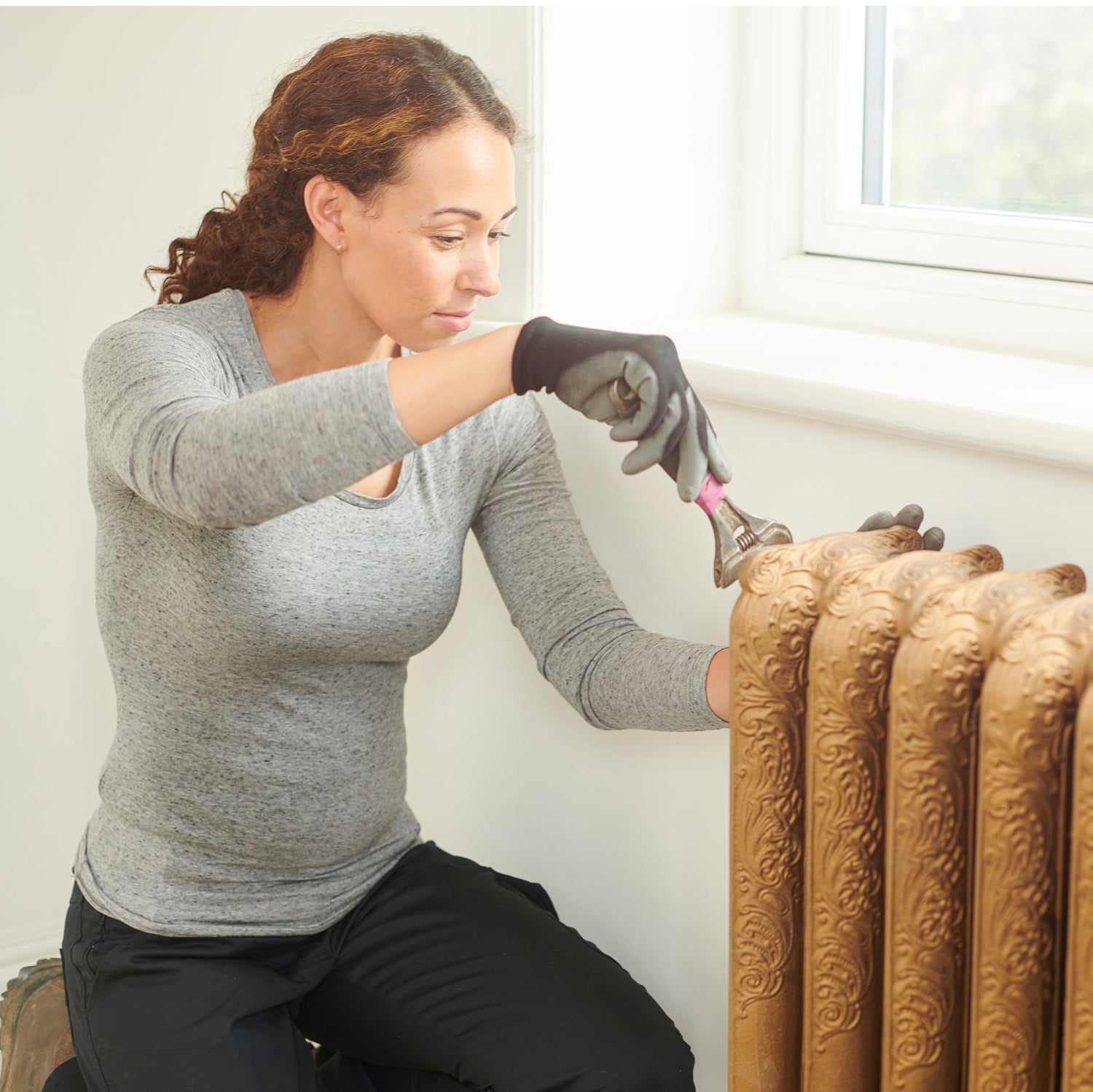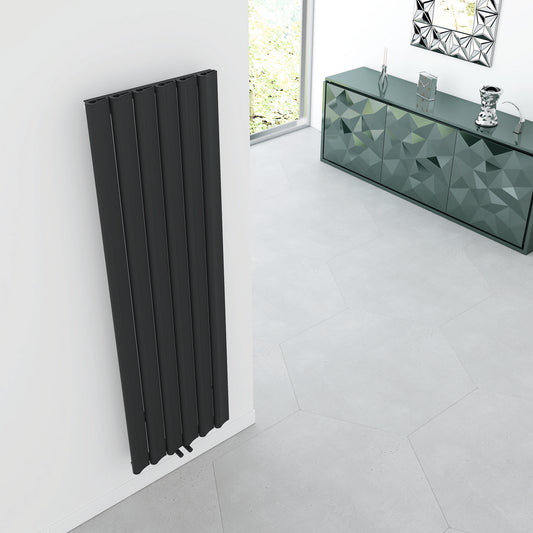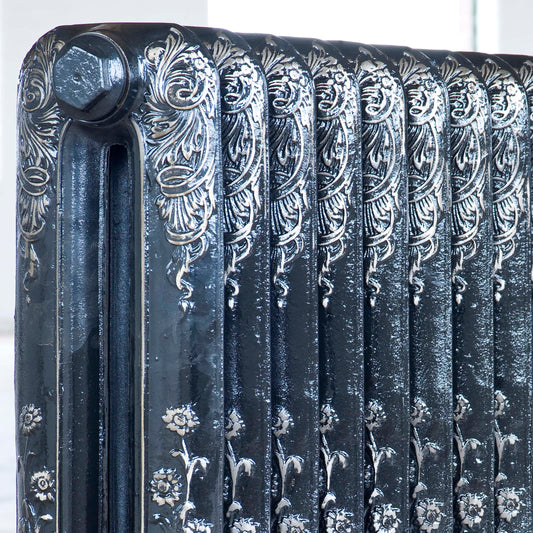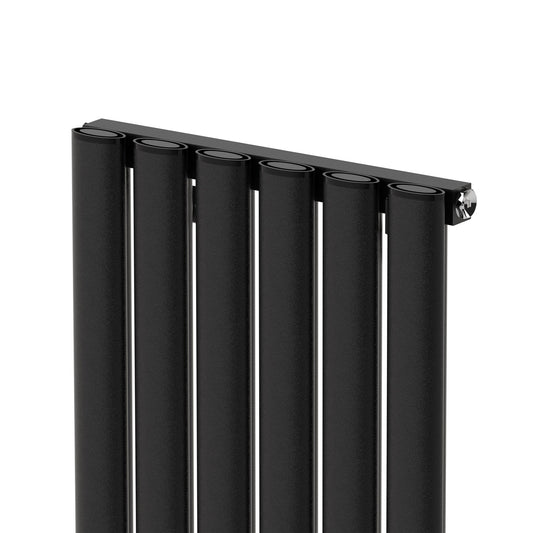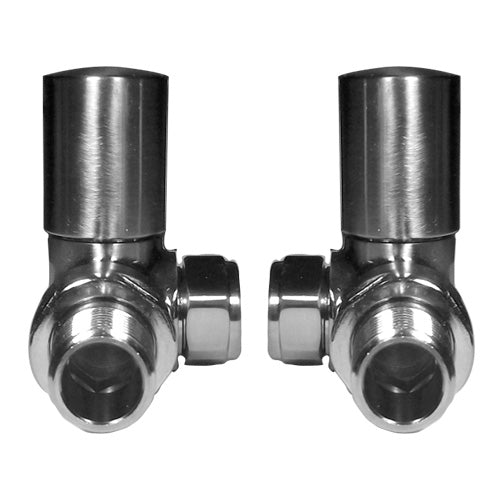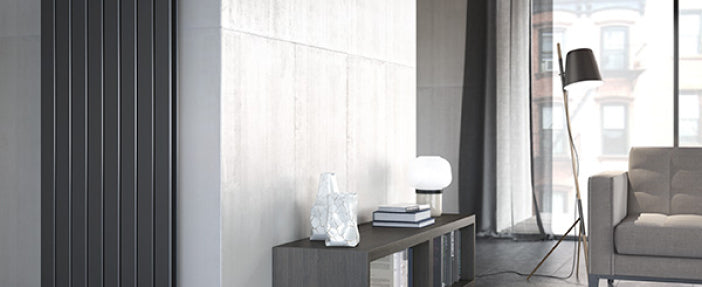The Radiator Shop Guide on How to Flush your Radiators
Over time, debris, sludge, and rust can accumulate inside radiators, affecting the efficiency and performance of your heating system. This can lead to uneven heat distribution, noisy operation, and increased energy consumption. Flushing your radiators can help remove these impurities and restore your heating system to optimal condition. In this blog post, we'll explain why and how to flush your radiators at home, making it easy for homeowners to handle this essential maintenance task themselves. Plus, we'll answer three frequently asked questions to help you keep your heating system in tip-top shape.
Step-by-Step Guide to Flushing Your Radiators
1. Turn off your heating system and allow the radiators to cool completely.
2. Lay down towels or absorbent material around the radiator to protect your flooring from any spills.
3. Close the lockshield valve, typically located at the opposite end of the radiator from the control valve.
4. Attach a hose to the drain valve, which is usually found at the bottom corner of the radiator. Make sure the other end of the hose is positioned in a suitable container or outdoors to collect the water.
5. Open the drain valve and allow the water to flow out of the radiator. Once the water flow has stopped, close the drain valve.
6. Use a radiator key or flathead screwdriver to open the bleed valve at the top of the radiator, allowing air to enter and facilitate the flushing process.
7. Open the lockshield valve and allow water to flow into the radiator, displacing any remaining debris and sludge. You may need to open and close the drain valve several times to ensure all the debris is removed.
8. Once the water runs clear, close the drain valve and remove the hose.
9. Open both the lockshield and control valves, then bleed the radiator to remove any trapped air.
10. Turn your heating system back on and check all radiators for proper function and heat distribution. If necessary, adjust the balance of your radiators to ensure even heating throughout your home.
Frequently Asked Questions
1. How often should I flush my radiators?
It's generally recommended to flush your radiators every 3-5 years or whenever you notice a decline in your heating system's performance. Regularly checking your radiators for cold spots, noisy operation, or reduced heat output can help you determine when it's time for a flush.
2. Can I flush all my radiators at once?
It's best to flush your radiators one at a time to avoid overwhelming your drainage system and to ensure each radiator is thoroughly cleaned.
3. Is it safe to flush my radiators myself?
Flushing your radiators is an essential maintenance task that can help improve the efficiency and performance of your heating system. By following the steps outlined we hope you can confidently tackle this project and enjoy a cosy, comfortable home all year round.
